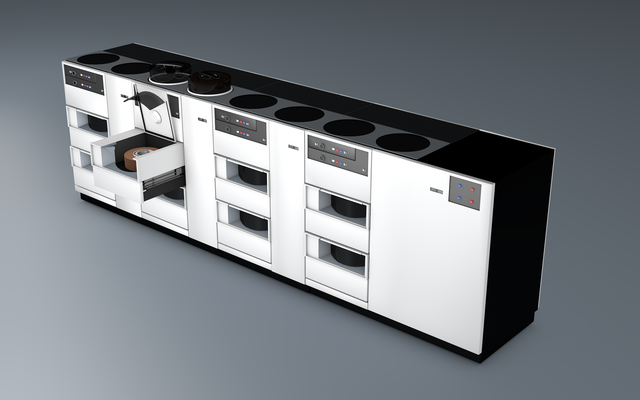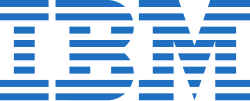Top Qs
Timeline
Chat
Perspective
IBM System/370 Model 135
From Wikipedia, the free encyclopedia
Remove ads
The IBM System/370 Model 135 was announced March 8, 1971,[1] the only 370 introduced that year. The 135 was IBM's fifth System 370,[a] and it was withdrawn October 16, 1979.

"Expanded channel capacity
and the ability to use the high-performance
IBM 3330 disk storage under either Operating System (OS)or Disk Operating System (DOS) were ... among the factors significant to the Model 135's ...capabilities."
Remove ads
Special features
Although microcode was not a uniquely new feature at the time of the 135's introduction, having been used in most System/360 models and in most System/370 models introduced so far, the ability to upgrade a system's microcode without changing hardware, by storing the microcode in read-write memory rather than read-only memory, was not common at that time.[2][3]
The read-write memory containing the firmware was loaded from a "reading device located in the Model 135 console"; this allowed updates and adding features to the Model 135's microcode.[1] The "reading device" was a built-in (read-only) floppy disk drive.[4] The 145, introduced the prior year, also had this feature.[5]
Remove ads
Optional features
The Model 135 was the last of the 370s to be introduced without Virtual memory. Four of the five[b] could be upgraded. Unlike the 155 & 165, which required an expensive[c] hardware upgrade to add a DAT box (Dynamic Address Translation), the 135 & 145 [6] could obtain their virtual memory upgrades from a floppy disk.
Microcode upgrades were also available to add "user-selected options such as
- extended precision arithmetic or
- emulation of the IBM 1400 series."[1][d]
An upgraded Model 135[7] was termed a 370/135-3[e]
Customers of the 370/135 had a choice of four main memory sizes, ranging from 96K to 256K.
Remove ads
Other
- The 370/135 was introduced as running "under either OS or DOS.[1] Newer versions thereof (DOS/VS and OS/VS1) and Virtual Machine Facility/370 (VM/370) subsequently became available options once the 135's microcode was upgraded to support virtual memory. This was priced at $120,000 and came with "increased reloadable control store in addition to some power units." The upgrade could be done "in the field" and the resultant system was now deemed a 370/135-3.[8]
- The 135 was "partly developed at Hursley, UK."[9]
Images
See also
Notes
External links
References
Wikiwand - on
Seamless Wikipedia browsing. On steroids.
Remove ads

